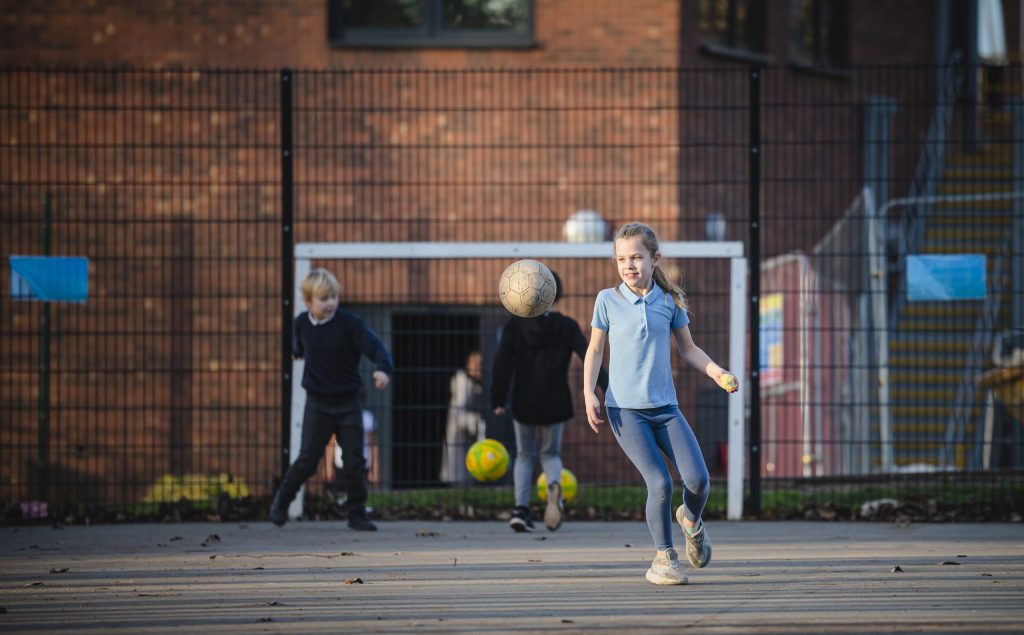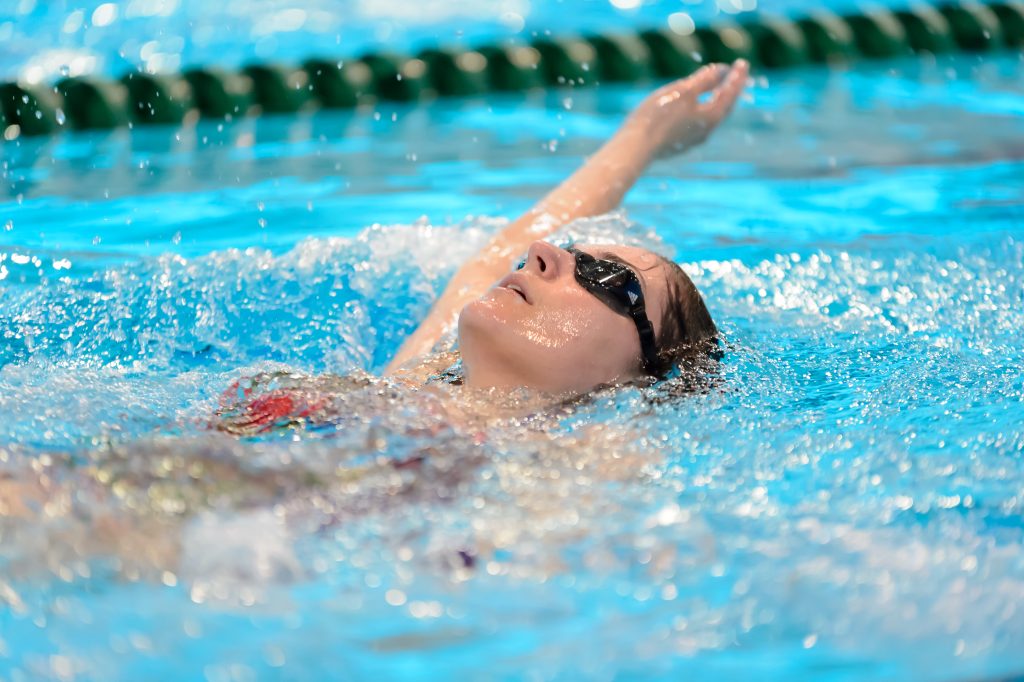The cost-of-living crisis is likely to worsen inequalities, with women in under-served communities bearing the brunt of its impacts. It is vital that it does not set back progress made with women and girls’ sport in the way the pandemic did.
The Government needs to act now to protect the leisure facilities women depend on so heavily, embed equal access to sport and exercise as a core element of its levelling up agenda including through improving school sport and P.E.
The cost of living is rising and rising fast
Real terms wage cuts. Soaring energy bills. Inflation over 9%. These are just some of the issues we are all having to contend with as the cost-of-living crisis escalates. One in five adults in Britain are worried that the rising cost-of-living will drag them into debt they simply will not be able to pay back[1]. As household budgets are squeezed, this winter we could see many people having to choose between eating and heating, let alone whether they can afford to buy their kids trainers or to go to the gym.
London Sport found that 8 in 10 lower-income families are already being less active as a result of financial constraints[2]. 36% of adults across the UK say the cost of living is now affecting their lives, with 27% saying they’d also cut back on physical activity and sport due to escalating costs[3]. Sport England’s annual Active Lives Survey identifies that a third of people in lower socio-economic groups are inactive and over half are unlikely to be active to start with[4]. Within lower socio-economic groups, long term Sport England data shows that women are consistently less active than men.
-
36
% of adults
say that the cost of living crisis is now affecting their lives, according to London Sport
-
27
% of adults
say they'd cut back on sport and physical activity to save money
So what are the implications for women and girls in terms of sport and exercise?
Money and time poverty are particular issues for women in lower socioeconomic groups, who are more likely to be on zero-hours contracts or working erratic (or multiple) shifts. As the cost of living rises, women are likely to be increasingly affected.
Women in Sport research into women in midlife uncovered a pattern of women putting the needs of others ahead of their own. It also told us that even prior to the cost-of-living crisis, the price of participating in sport and physical activity was perceived to be a barrier by midlife women in lower socio-economic groups[5]. So, those women in families that are increasingly struggling to make ends meet, are likely to stop spending time and money on leisure activities like swimming or fitness classes. Amongst some of the least active ethnic groups[6], poverty rates are particularly high, including Bangladeshi (53%), Pakistani (48%) and Black (40%), making it harder to meet rising living costs[7].
Our research into the attitudes of parents towards sport in young children indicates that sport is seen as more valuable for sons than daughters. This stubborn gender stereotyping strongly suggests many parents struggling to pay their bills will be less likely to prioritise investment in sports kit or fees for their daughters.
For teenage girls there will be yet more pressure on those from under-served communities to help out at home as their parents work longer hours. Our research shows that many teenage girls already find the time spent on care responsibilities or household chores inhibits their ability to spend time doing sport or exercise. Added to this, we know that seven out of ten girls avoid sport on their period often due to fear of leakage which will be compounded by period poverty[8].
And how will leisure facilities be affected?
Sports providers and leisure facilities haven’t escaped spiralling costs either. Energy prices are rising quickly and non-domestic premises are not protected by a price cap. Ageing local swimming pools, already on their knees from decades of under-investment, are now facing extortionate heating bills. UK Active found 79% of pools in the UK could close within six months and estimated the cost of heating the pools has risen from a total of £500m a year in 2019 to £1.25 billion this year[9]. As many local sports facilities struggle to make ends meet, they will be forced to increase prices or even close completely. With more women than men swimming regularly [10] and women depending heavily on exercise classes for their activity, women are disproportionately dependent on local pools and public leisure centres.
In Conclusion
We are becoming uncomfortably familiar with crises. We know from the Covid-19 pandemic that when times get tough, women are affected disproportionately. With lockdown it was women who lost their jobs first and took on most home-schooling, and we saw women’s sports fixtures cancelled long after men’s fixtures restarted. We cannot let women and girls bear the brunt of this next crisis – in the cost of living and in the leisure sector.
Our research has heard directly from girls that even at the best of times, within their families, they feel their brothers’ sports are prioritised over their own. Even in adulthood, women’s needs for exercise and sport are seen as an “added extra”, while for men sport is seen as core.
Buying healthy food, keeping the house heated, and having time and money to spend on sport and physical activity will be challenging for many families.
No-one should be excluded from the joy, fulfilment and lifelong benefits that sport and exercise give us. But with the cost-of-living crisis accelerating in an already unequal society, far too many will. And women and girls will be affected most of all.
We believe that the government should
- Provide support to shore up existing provision of public swimming pools and leisure facilities to deliver affordable local services, ensuring gendered reporting on use of these facilities so we can determine the impact of this support.
- Embed equal access to exercise into the levelling up agenda including through improving school sport and P.E. and ensuring at least equal financial investment in services and facilities for women and girls by applying gender budgeting.
[1] YouGov PLC for StepChange, total sample size 1,676 adults, research conducted 11-13 March 2022.
[2] Ten years on from London 2012 nearly half of Londoners forced to cut back on exercise as cost of living crisis bites | London Sport Media Centre
[3] Ten years on from London 2012 nearly half of Londoners forced to cut back on exercise as cost of living crisis bites | London Sport Media Centre
[4] Lower socio-economic groups | Sport England
[5] Research-Report-Inspiring-Women-to-be-Active-During-Midlife-and-Menopause.pdf (womeninsport.org)
[6] Physical activity – GOV.UK Ethnicity facts and figures (ethnicity-facts-figures.service.gov.uk)
[7] The-gendered-impact-of-the-cost-of-living-crisis.pdf (wbg.org.uk)
[8] Reframing Sport for Teenage Girls: Tackling Teenage Disengagement – Women In Sport
[9] Spending on sport hit by cost of living crisis, UK survey shows – BBC Sport
[10] Swimming Statistics and Findings | Swim England Insight



